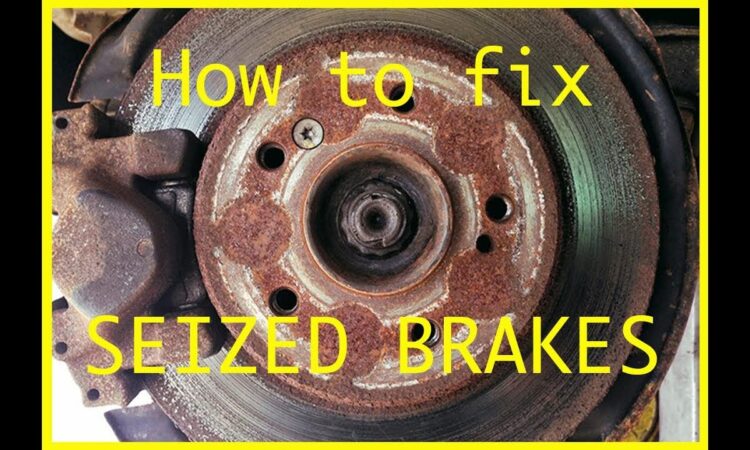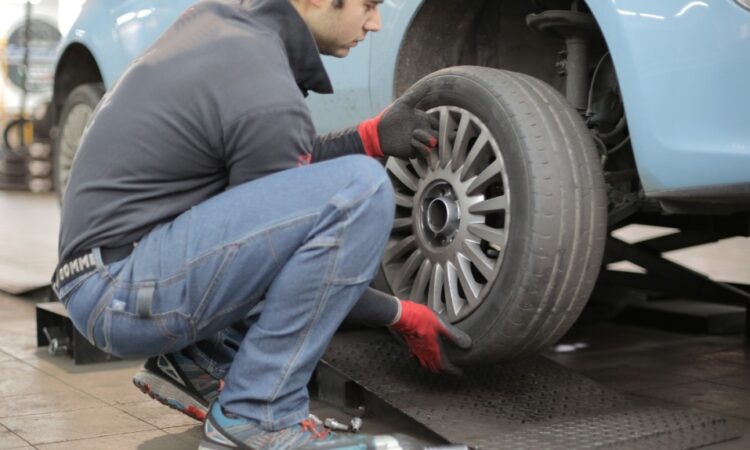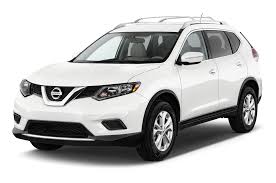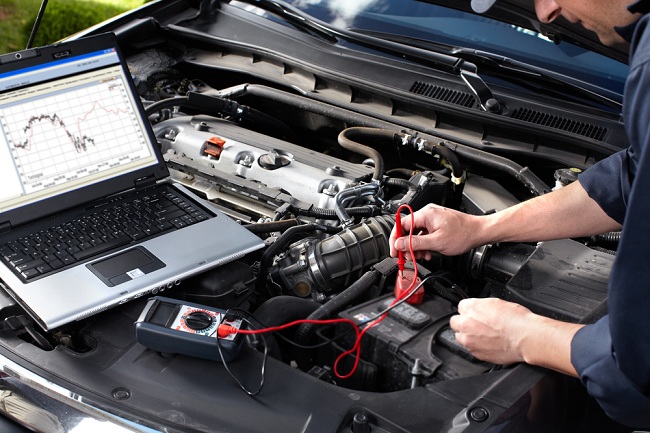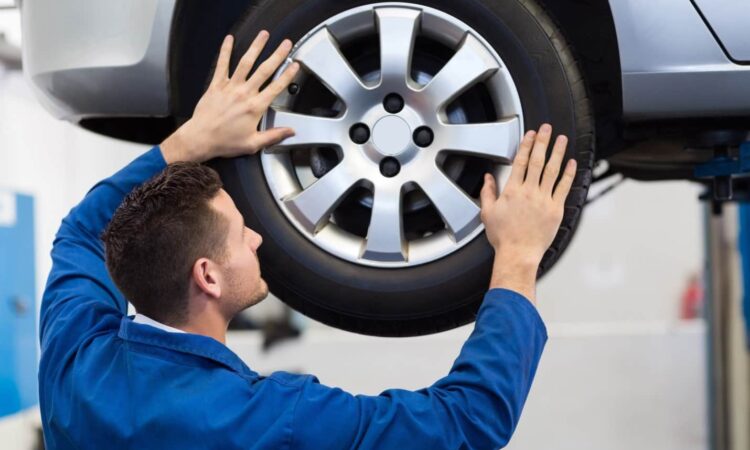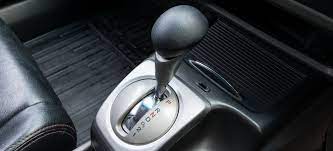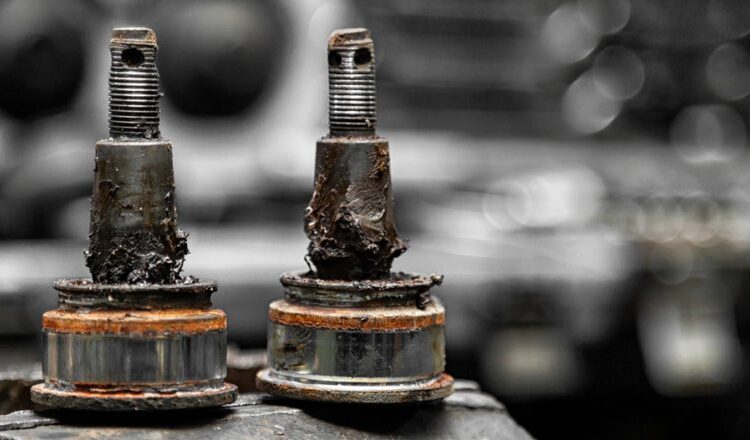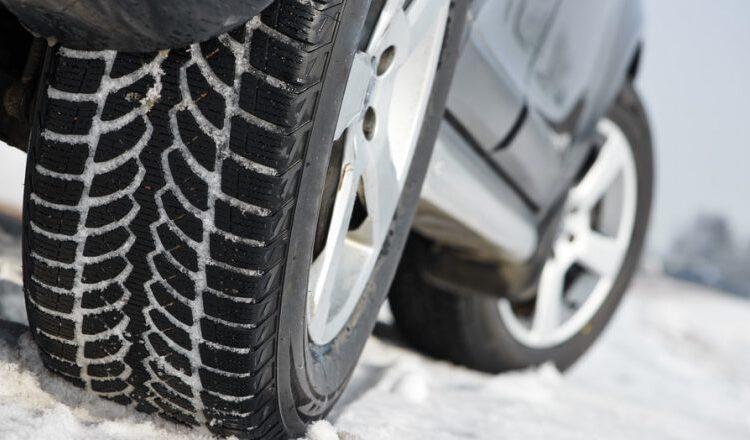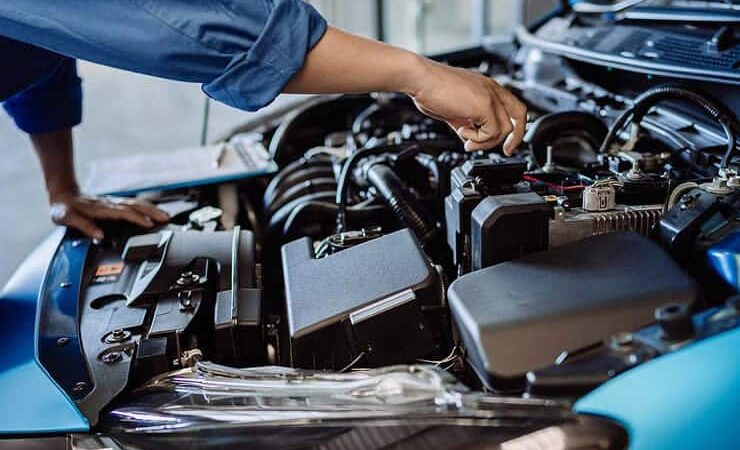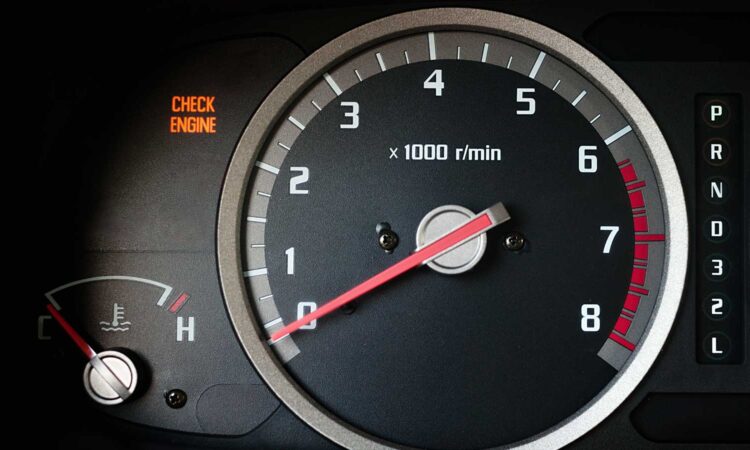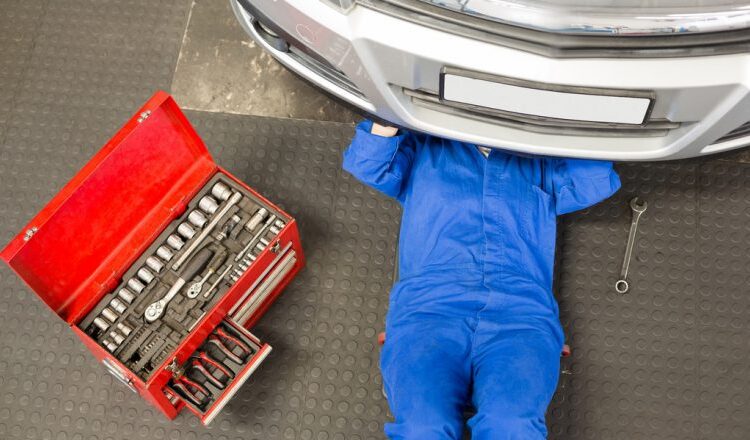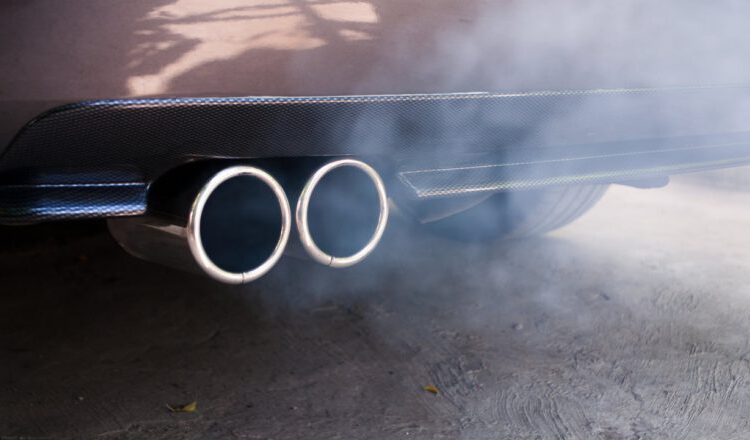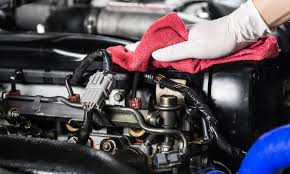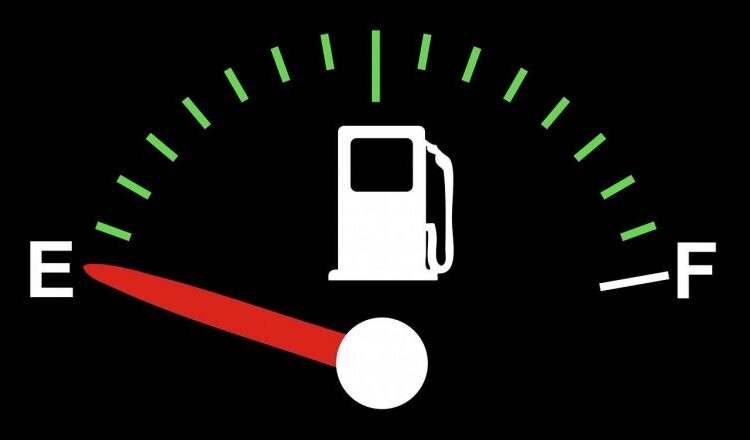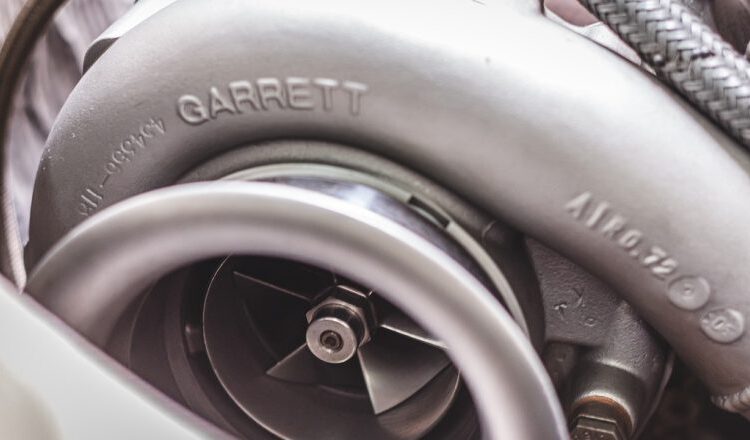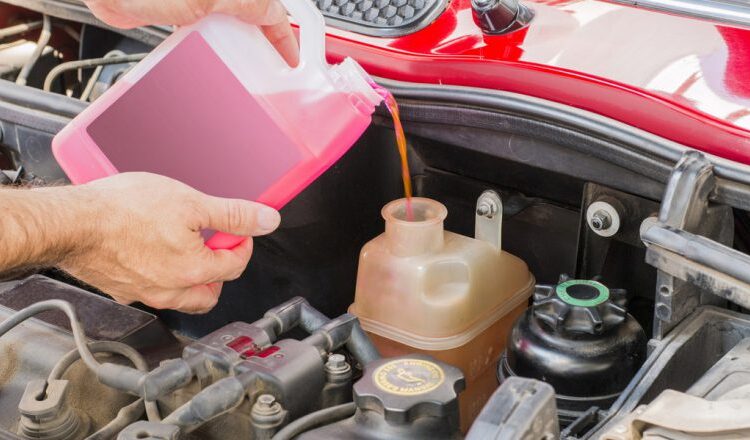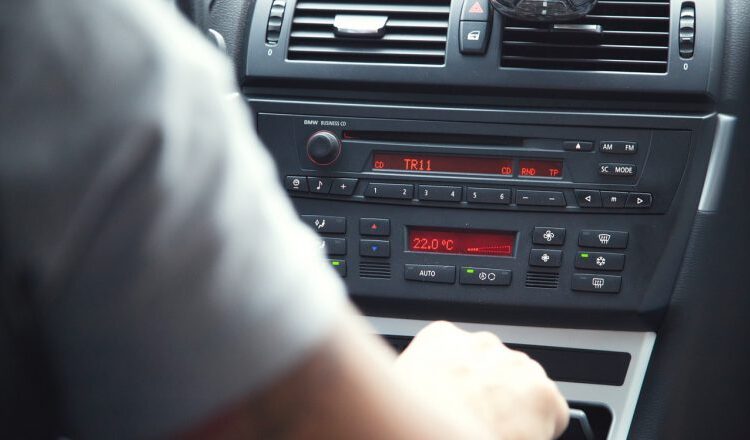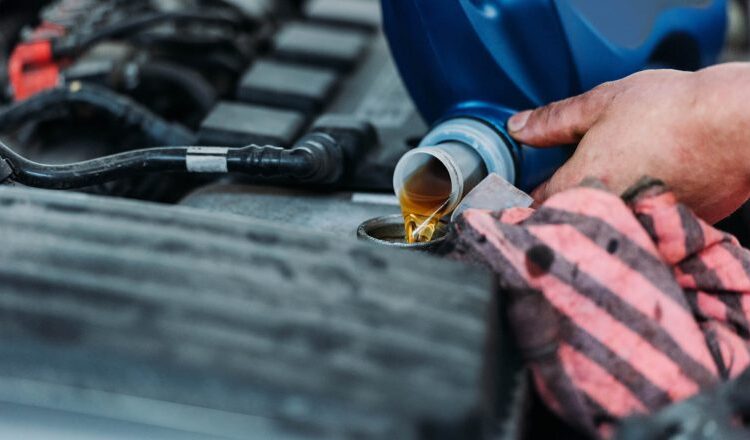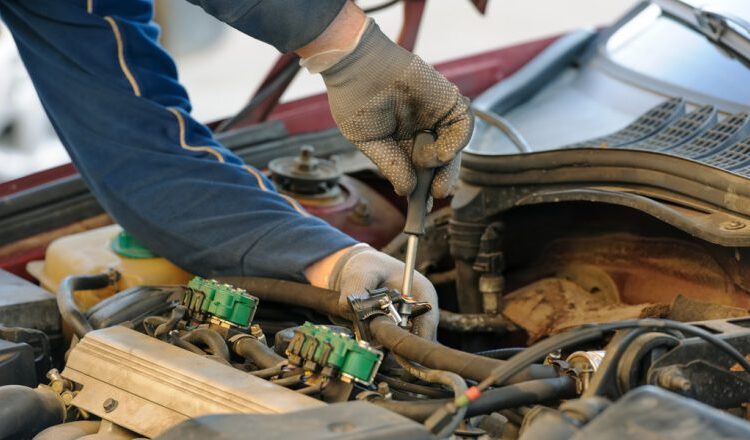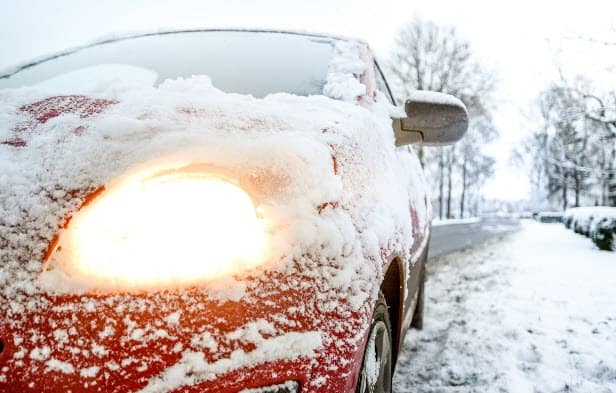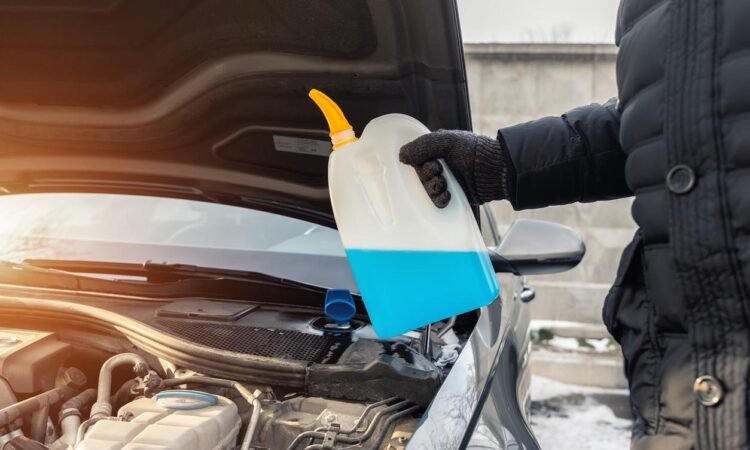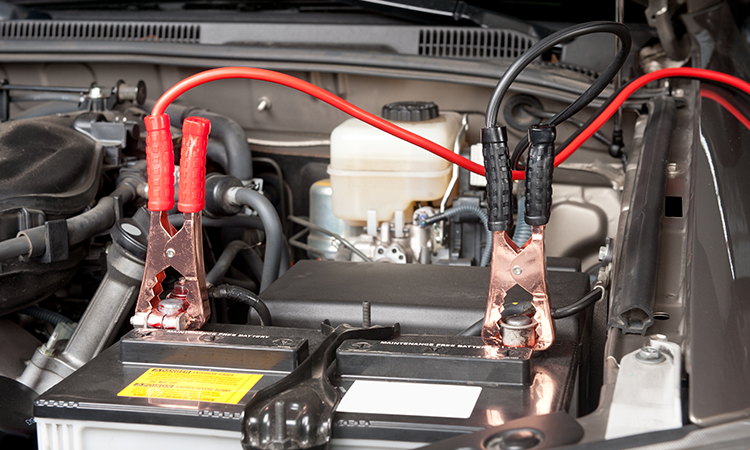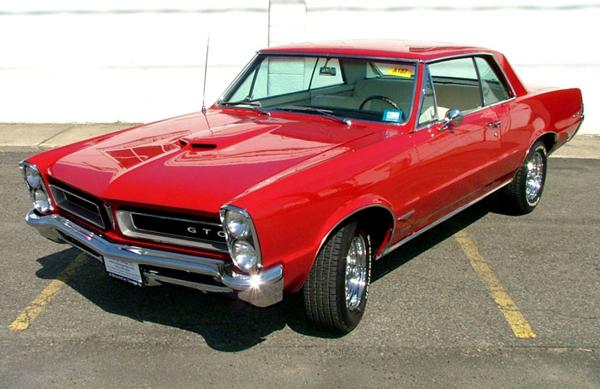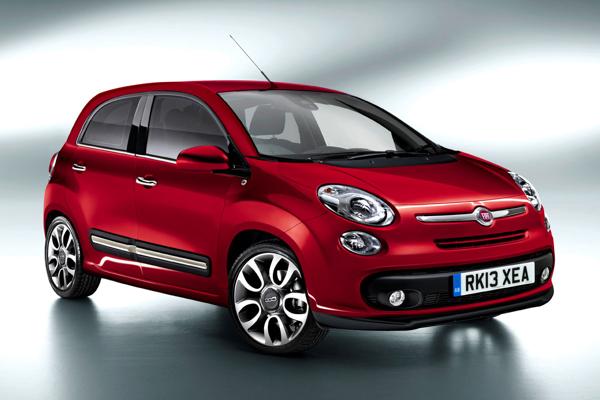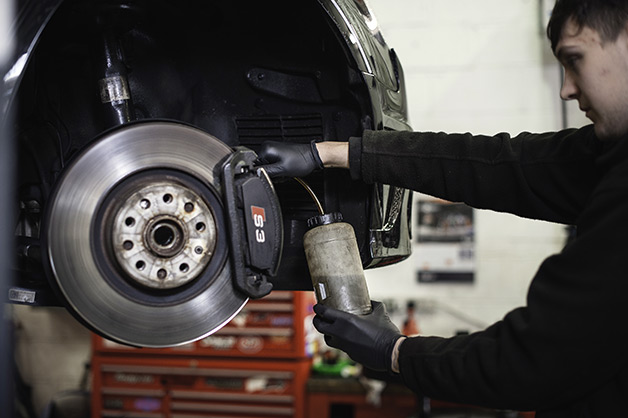
The functioning of each vehicle relies on the action of various fluids, including oils, windshield washer fluid, or air conditioning agents. Among them, brake fluid holds particular significance, as it plays a crucial role in ensuring your safety. Determining the appropriate brake fluid and regularly checking its level is vital.
Maintaining the correct level of brake fluid in the reservoir is essential, as it facilitates the transmission of hydraulic pressure through the brake lines, initiating the operation of the final braking components. Without an adequate supply of fluid, the braking system’s effectiveness diminishes.
Therefore, it is imperative to pay attention to the condition of this fluid. Understanding which type of brake fluid is suitable for your vehicle and knowing when to replace it is crucial.
Which brake fluid should I choose?
Various types of brake fluid are available in the market, distinguished by their boiling points and compositions. Common options include glycol-ether-based fluids labeled as DOT 3, DOT 4, and DOT 5.1, while some brands offer mineral fluids.
Choosing the right brake fluid is essential, and guidance can be found in the car’s owner’s manual, on manufacturers’ websites, or through consultation with automotive professionals. A knowledgeable mechanic can assist in selecting the appropriate fluid that aligns with your car’s requirements.
How to check brake fluid?
Examining the brake fluid level is a straightforward process. You can easily observe it on the expansion tank, marked with minimum and maximum indicators. The appropriate level is achieved when the fluid is positioned within these markers.
Regarding the quality of the fluid, monitoring should commence when the brakes start feeling soft. A reliable method involves examining both the liquid’s boiling point and water content. This can be accomplished with an inexpensive meter. If the boiling point surpasses the manufacturer’s specifications or the water level exceeds 1%, it indicates the need for a fluid change.
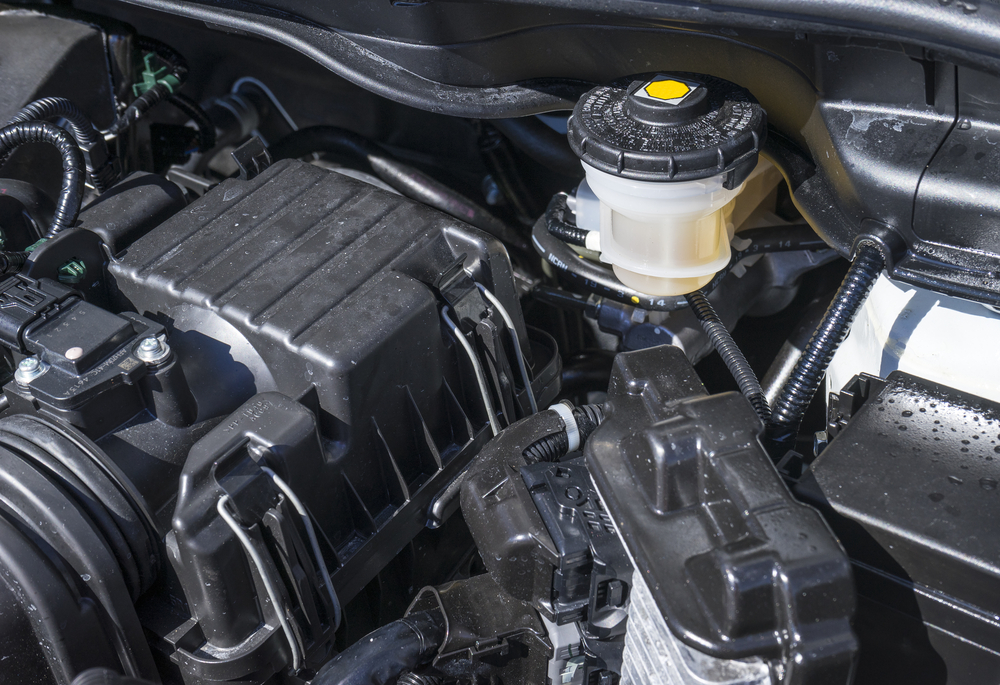
How frequently should brake fluid be changed?
Many drivers overlook this task, but it’s recommended to replace brake fluid every 30,000 to 60,000 kilometers, or at least every two years. Beyond this timeframe, the brake fluid may not maintain its optimal properties, negatively impacting your braking distance.
Additionally, brake fluid replacement is necessary whenever there’s interference with the brake system. During inspections, mechanics assess the fluid’s condition, and when servicing the brake components, they drain the old fluid and refill it with fresh fluid. This often leads to the neglect of regular fluid changes, as it coincides with periodic repair activities.
How to perform a brake fluid change?
To undertake the task of changing brake fluid, enlist the assistance of another person. It’s crucial to note that the fluid is not entirely drained; rather, it is added gradually as the old fluid is dispelled. It is imperative to use a fluid of the same class as the existing one due to potential substance mixing.
Elevate the car using a lift, as you will need to remove all the wheels. Proceed to unscrew the air vents individually. If your vehicle lacks ABS, commence with the vent farthest from the master cylinder (typically the right rear). For ABS brake fluid replacement, follow the reverse order. Since the fluid is corrosive, handle it with care. Attach a hose to the bleeder and direct the old fluid into a container.
Perform this task with a partner who should begin pressing the brake pedal (pumping it), allowing the fluid to flow. Simultaneously, replenish the fluid. Once the fluid color matches and there are no air bubbles, close the vents. Repeat the process on the bleeders located at the brake calipers.
Brake fluid: is adding it harmful?
Adding brake fluid frequently is not advisable, as constant additions indicate potential damage to the braking system. It is advisable to replace the fluid after checking and repairing the brakes. In cases where fluid addition is necessary, ensure that the same type is used. Furthermore, it is crucial not to surpass the maximum level indicated on the expansion tank. If the tank includes a filter, avoid removing it before pouring.

